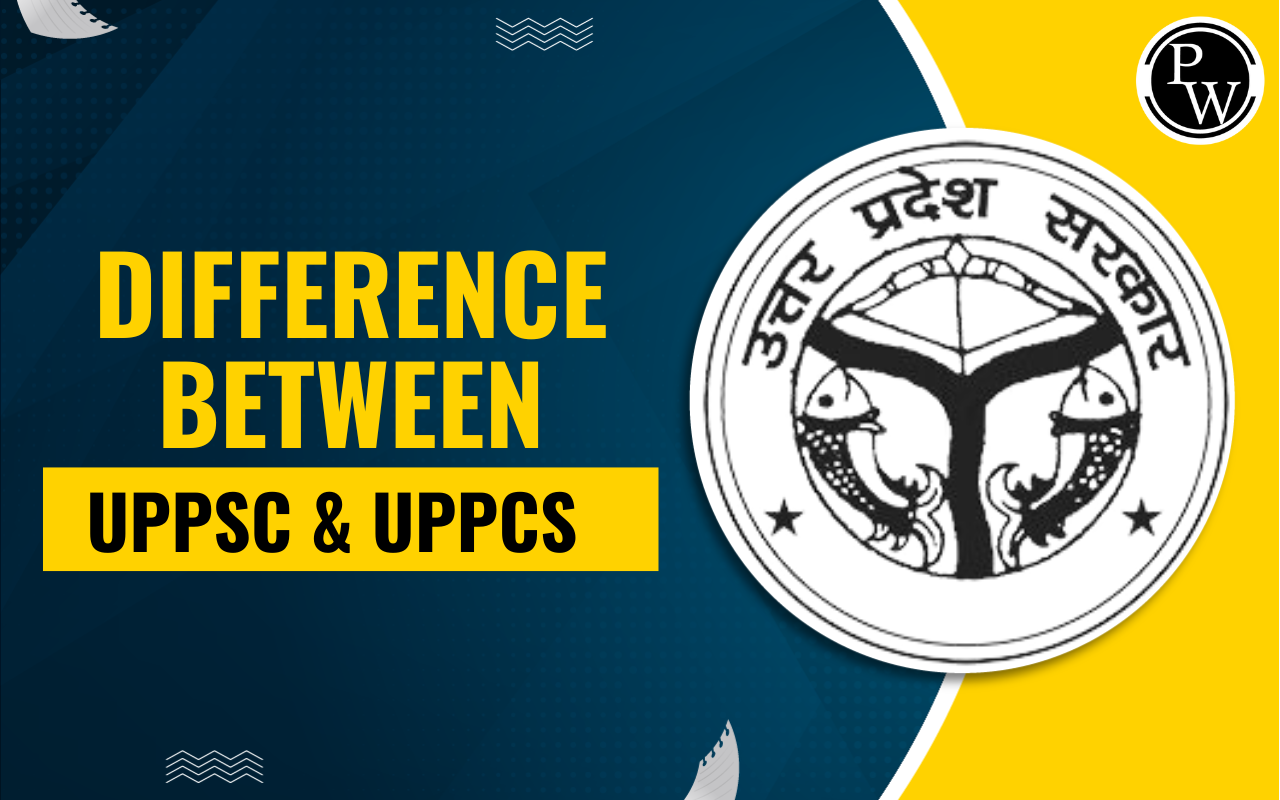
World Turtle Day 2025: Every year on May 23, World Turtle Day is celebrated to raise awareness about turtle conservation. In 2025, Uttar Pradesh (UP) emerged as a leader in turtle conservation efforts, implementing various initiatives to protect these ancient reptiles.
Importance of Turtles in Ecosystems
Turtles play a crucial role in maintaining aquatic ecosystems. They help keep rivers clean by feeding on dead organisms and algae, thus controlling water pollution. Their presence indicates a healthy environment, making their conservation vital for ecological balance.
Turtle Species in Uttar Pradesh
UP is home to 15 of India's 30 turtle species, including the Indian softshell turtle and the red-crowned roofed turtle. Many of these species are protected under the Wildlife Protection Act of 1972, highlighting the state's rich turtle biodiversity.
Know About the New Chief Justice of India
Turtle Sanctuaries and Conservation Areas in UP
The state has established several sanctuaries to protect turtles, such as the Turtle Wildlife Sanctuary near Prayagraj, which spans 30 kilometers across Prayagraj, Mirzapur, and Bhadohi districts. Other notable conservation areas include Kukrail, Sarnath, and Chambal. These sanctuaries provide safe habitats for turtles and support conservation activities.
Community Involvement in Conservation
Local communities play a significant role in turtle conservation. Programs like the Ganga Mitra initiative engage residents in monitoring and protecting turtle nests. Between 2012 and 2021, community members helped rescue 828 turtle nests, leading to the successful hatching and release of over 4,500 turtles into the Ganga and Ramganga rivers.
Reintroduction of Harmless Species by UP Government
In a landmark effort, UP reintroduced the critically endangered red-crowned roofed turtle into the Ganga River after 30 years. Under the Namami Gange Mission and in collaboration with the Turtle Survival Alliance, 20 turtles were released into the Haiderpur Wetland and Hastinapur Wildlife Sanctuary, marking a significant step in species revival.
UP Government is Going to Issue Ration Card to Transgenders
Future Conservation Initiatives by UP Government
UP continues to expand its conservation efforts. Plans are underway to establish a turtle conservation reserve along a 2-kilometer stretch of the Sarju River in Gonda district. This initiative aims to protect the diverse turtle species in the region and enhance community participation in conservation activities.
About Turtles: Habitat and Characteristics
Turtles are ancient reptiles known for their hard shells that protect their soft bodies. They can live in both freshwater and marine environments, such as rivers, ponds, lakes, and oceans. Some turtles also live on land. They are generally slow-moving and can live for many years, some even over 100 years. Turtles are cold blooded and depend on their surroundings to regulate body temperature. They breathe through lungs and come to the surface for air, even if they live in water. Many species are omnivores, eating plants, insects, and small animals, helping to maintain a healthy ecosystem.
UP Government will Train Women as Krishi Sakhi to Promote Natural Farming
Turtles vs Tortoises
Turtles and tortoises look similar but have some key differences. Turtles mostly live in water like rivers, ponds, or seas, while tortoises live only on land. Turtles have flat, smooth shells that help them swim, whereas tortoises have heavy, dome-shaped shells for protection on land. Turtles have webbed feet or flippers for swimming, but tortoises have strong, thick legs for walking. Also, turtles eat both plants and small animals, while tortoises mostly eat plants. In short, turtles are swimmers and tortoises are walkers.
World Turtle Day 2025 FAQs
When is World Turtle Day celebrated?
Why is World Turtle Day important?
Who started World Turtle Day?
What is the theme of World Turtle Day 2025?
How is Uttar Pradesh involved in turtle conservation?










